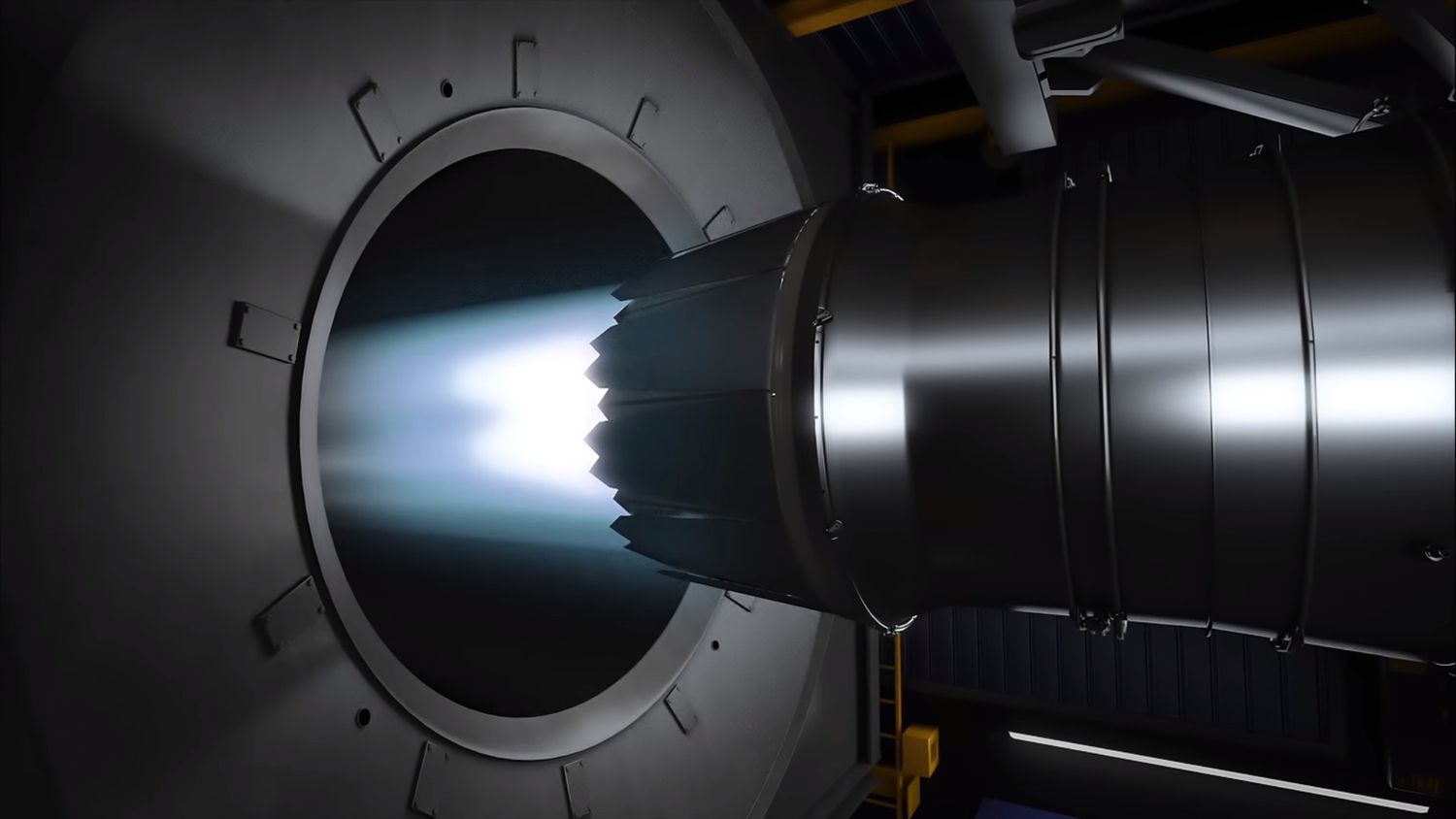The U.S. Air Force has opened the game to five companies to develop a next-generation, adaptive propulsion prototype engine for its future sixth-generation fighters.
The U.S. Department of Defense awarded $975 million contracts to General Electric Co, Raytheon Technologies Corp/Pratt & Whitney Engines, Boeing Co, Lockheed Martin Corp and Northrop Grumman Corp (a total outlay of $4.875 million) for technology maturation and risk reduction activities through design, analysis, testbed testing, prototype engine testing and weapon system integration.
The goal is for each awarded company to deliver a prototype for the Next Generation Adaptive Propulsion program, which will be the engines that will power and propel the future air dominance platforms (the 6th generation fighters). The deadline to fulfill the contract is July 11, 2032.
The new generation
The USAF has been conducting several competitions to develop a new propulsion system that will enable future sixth-generation fighters to outperform and out-efficiency all existing fighters, and the future re-engining of the F-35 is also at stake.
See also: F-35 re-engining could be too expensive for the USAF
Efforts began in 2007 with the Adaptive Versatile Engine Technology (ADVENT) program, continued in 2012 with the Adaptive Engine Technology Development (AETD) program, and culminated with the launch of AETP in 2016.
What is an adaptive cycle engine?
The goal of these programs is to develop an engine that is optimized for several aspects/flight envelopes, rather than focusing on just one. Instead of having an engine designed solely for high speed (like most current fighter engines) or high fuel efficiency (like most current commercial engines), these new engines would be designed to operate in both conditions.
In addition to improving almost every feature of today’s engines, it is important to note the importance placed on the heat dissipation enhancements for the aircraft’s systems.
To this end, the new engines will incorporate a third (cool) airflow architecture to significantly improve thermal management capacity. This is essential as electronic systems become more and more powerful, and the heat generated could no longer be dissipated by traditional methods. The USAF is also considering the installation of laser weapons on its future fighter aircraft, so increasing the heat dissipation capability of the aircraft’s equipment is critical.
The XA Series
Both General Electric and Pratt & Whitney (a Raytheon Corp. company) were awarded an earlier $1 billion Pentagon development contract for their technology demonstrators.
Pratt & Whitney is working on its XA101 prototype and General Electric on the XA100. But it appears to be the XA100 has the upper hand, as it is undergoing ground testing, and General Electric has reportedly won the earlier competition.
See also: GE begins testing of its XA100 adaptive cycle engine for the F-35
However, it is striking that the USAF added Lockheed Martin, Northrop Grumman and Boeing to the competition, companies that, although they have an undisputed pedigree of cutting-edge aerospace technology, are not propulsion specialists.
For the «newcomers» to prevail over all the specific knowledge and tradition that Pratt & Whitney and General Electric have accumulated in the aircraft propulsion universe, they will have to sharpen their wits and make bold decisions.
The competition to re-engine the F-35 and power future generations of fighter jets just got even hotter.




Comentarios
Para comentar, debés estar registrado
Por favor, iniciá sesión